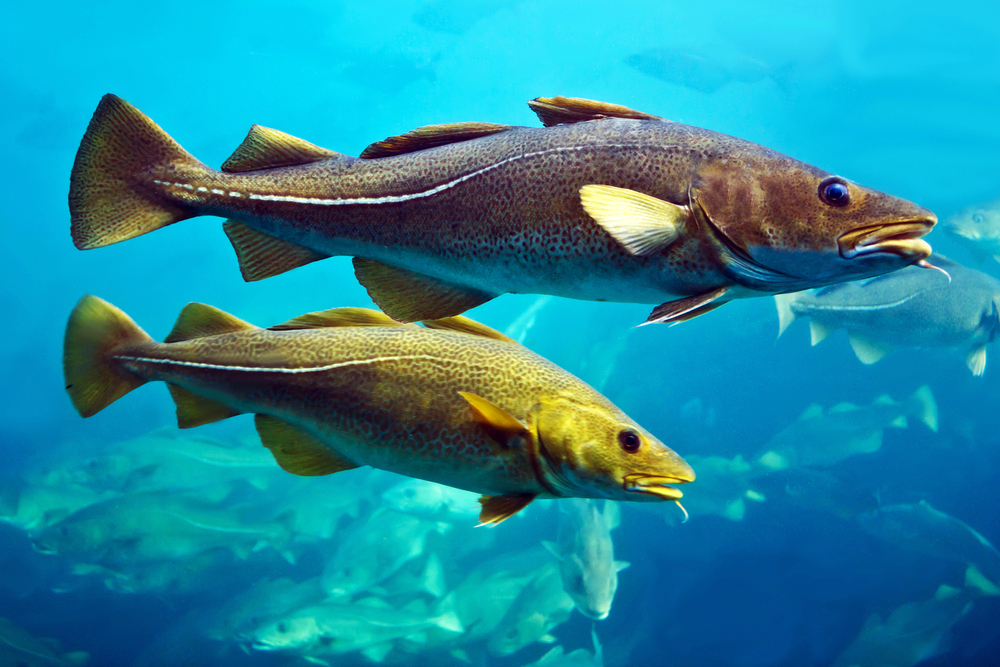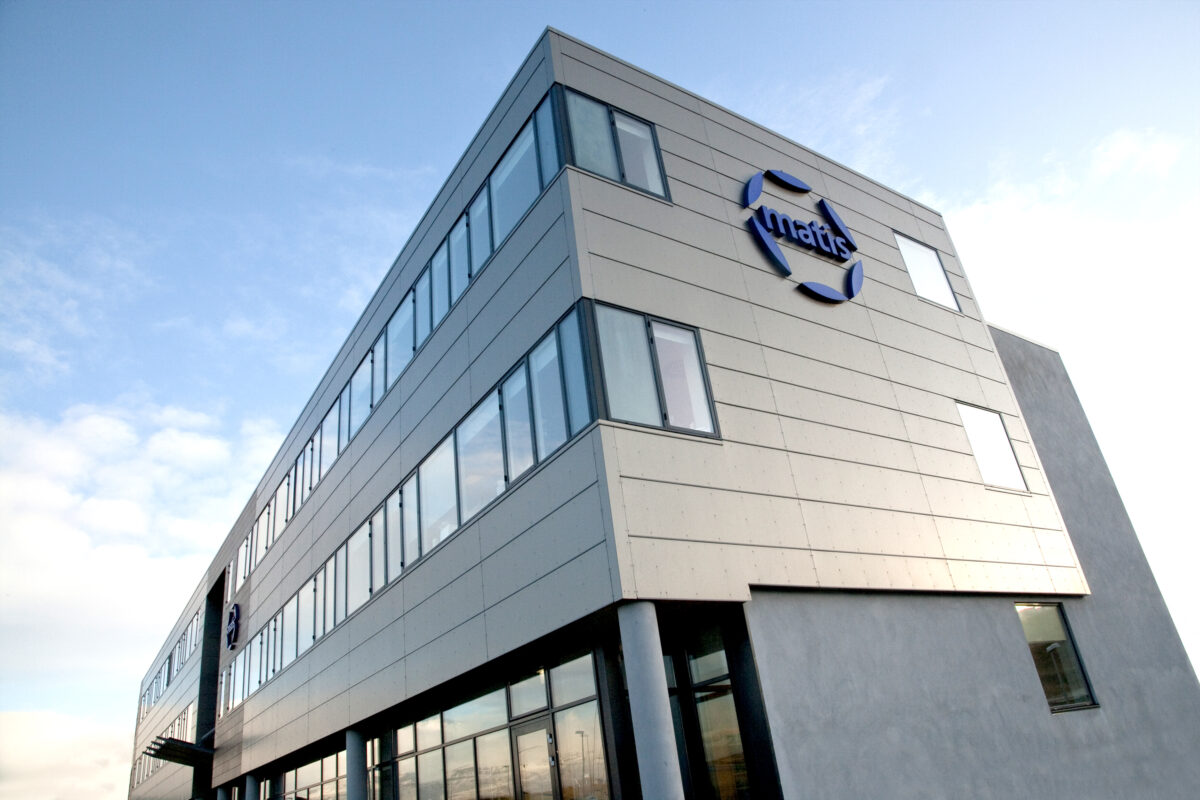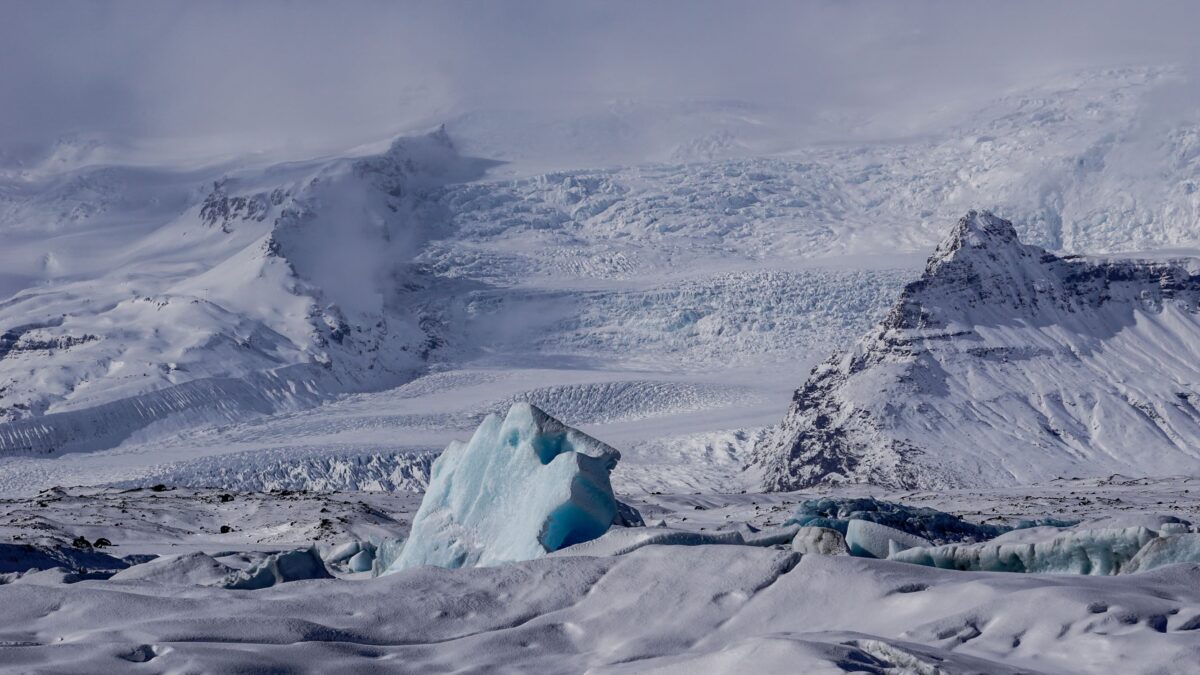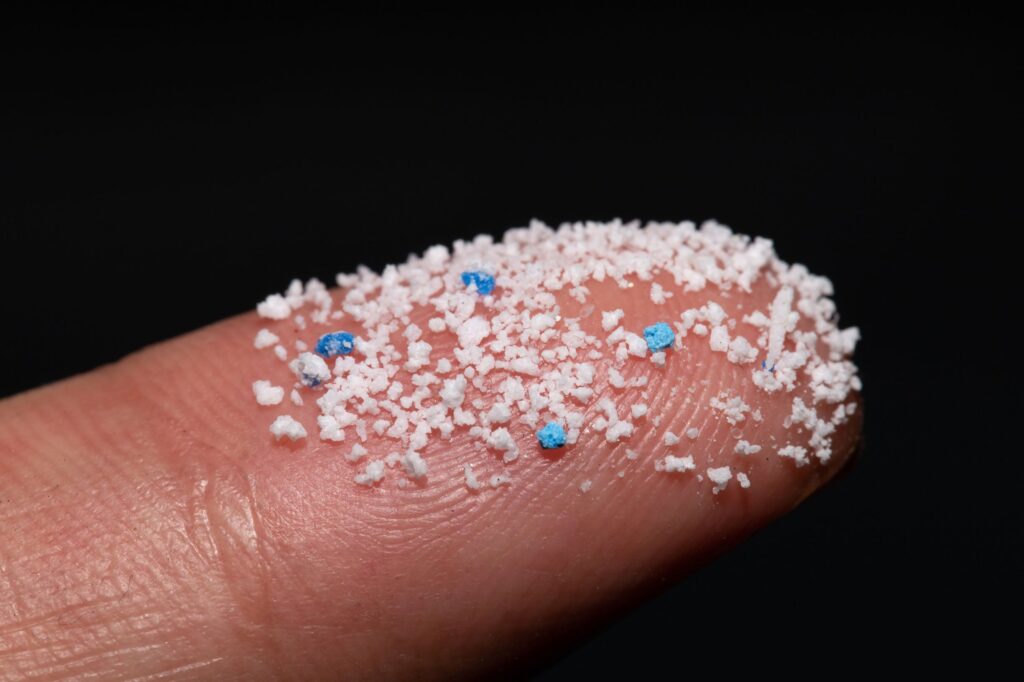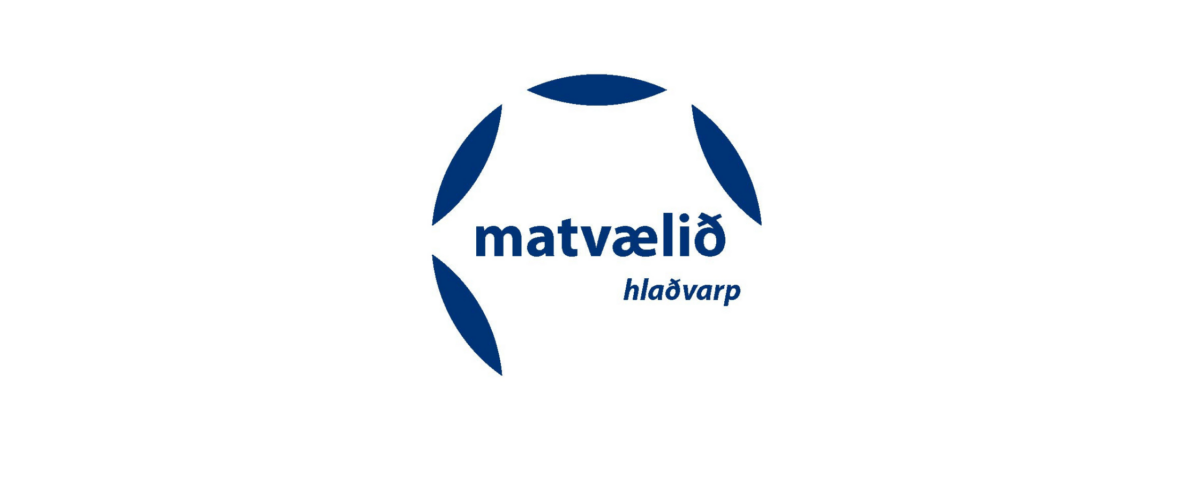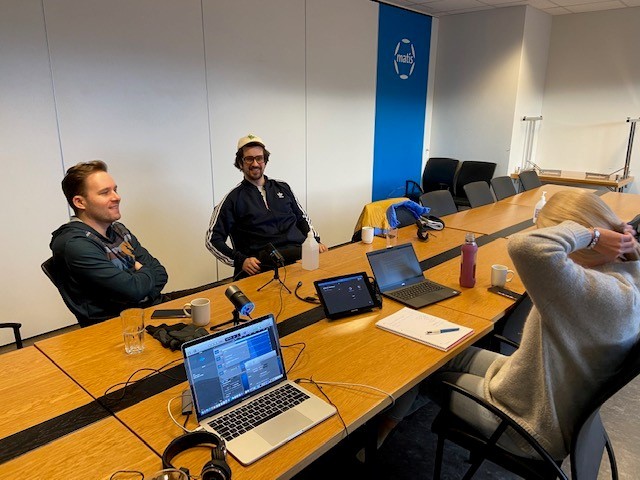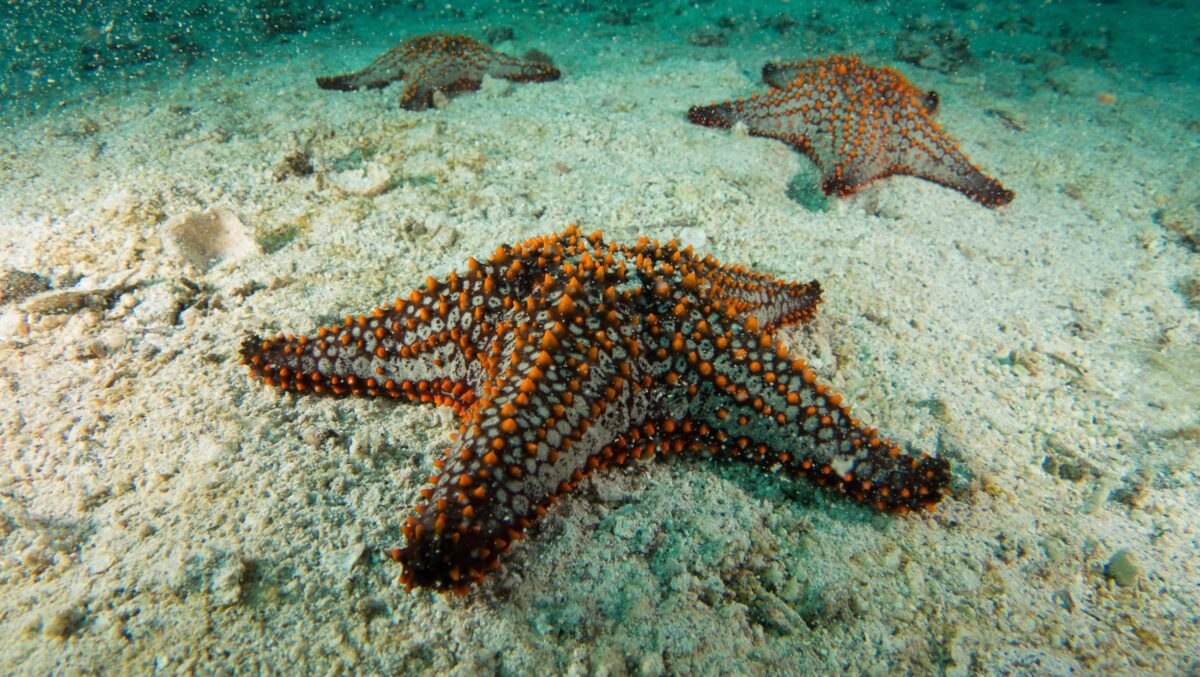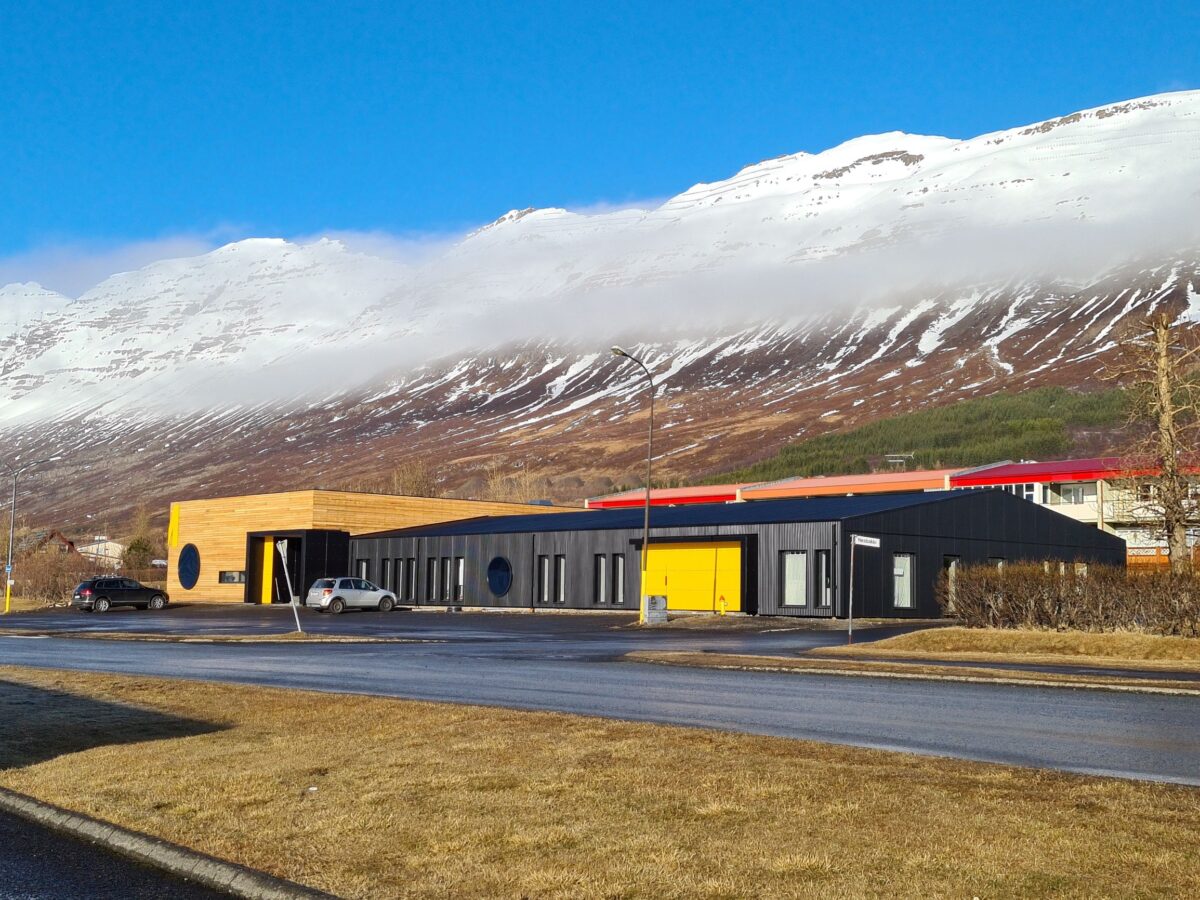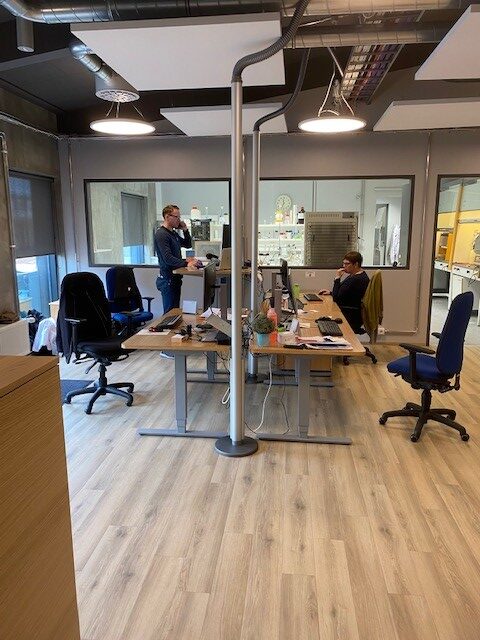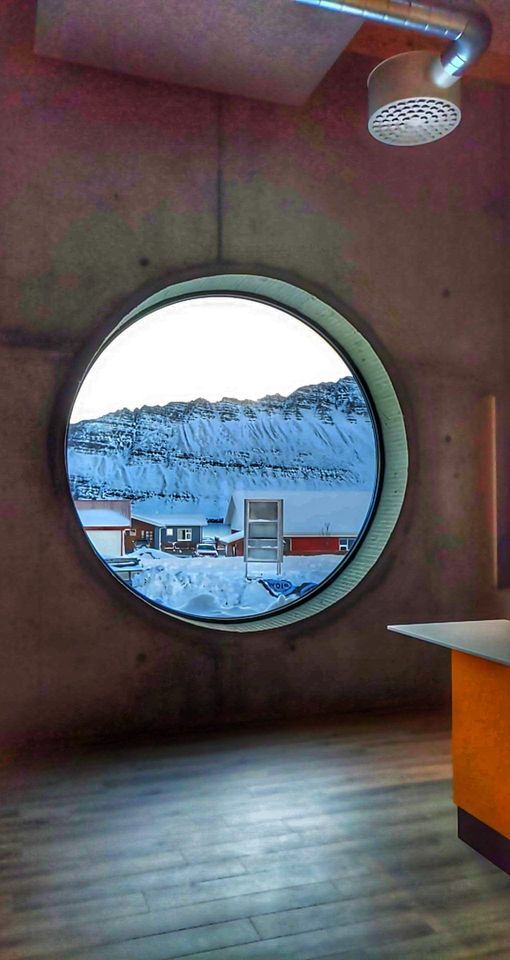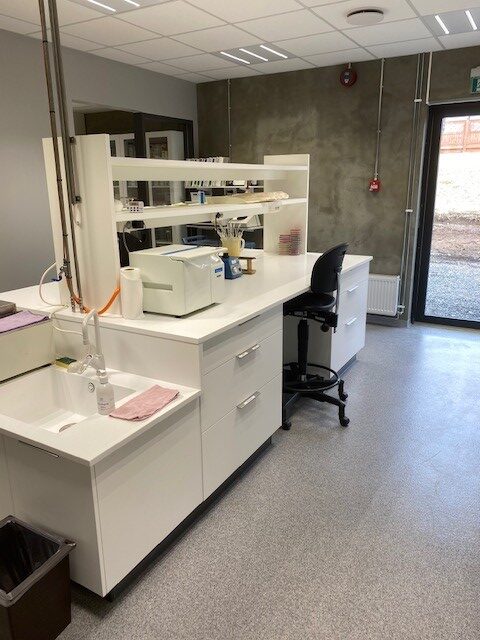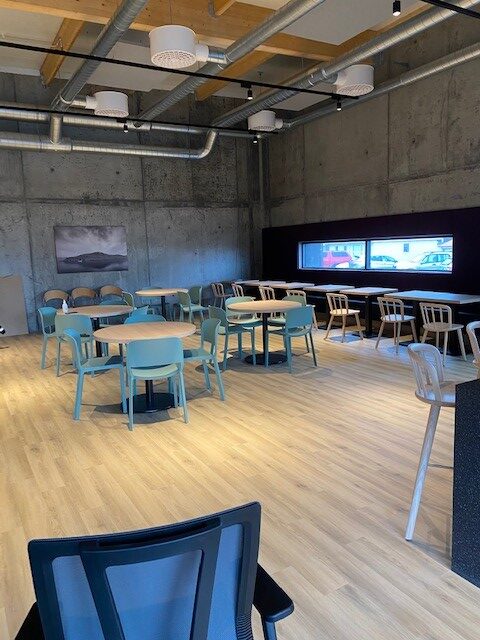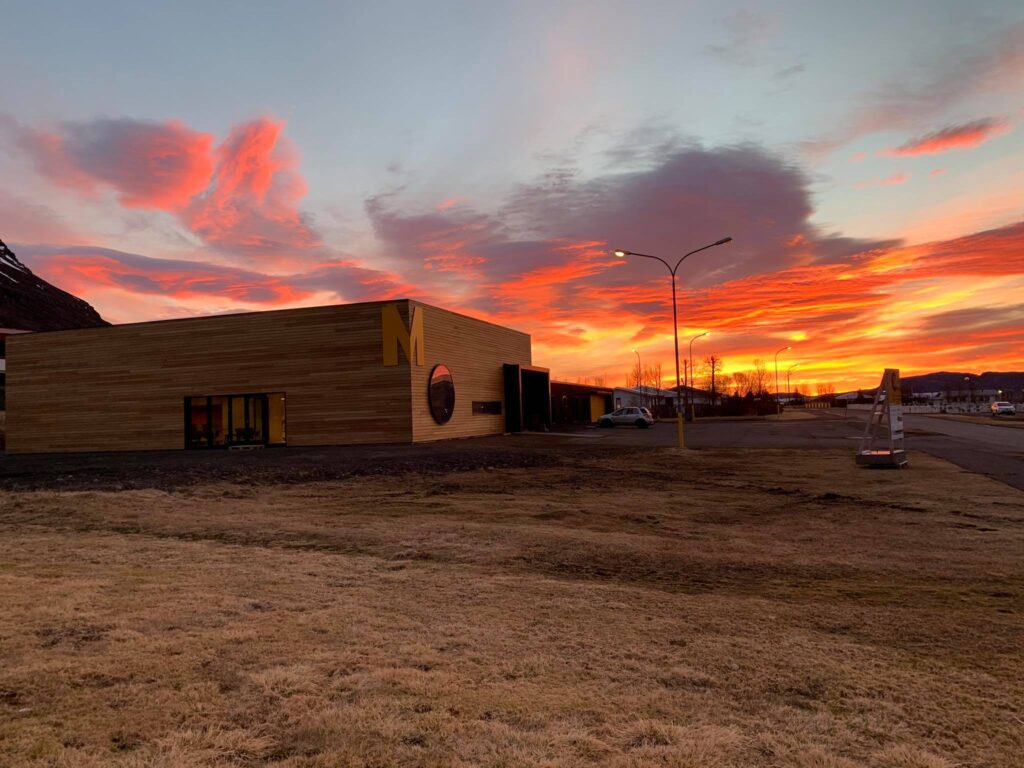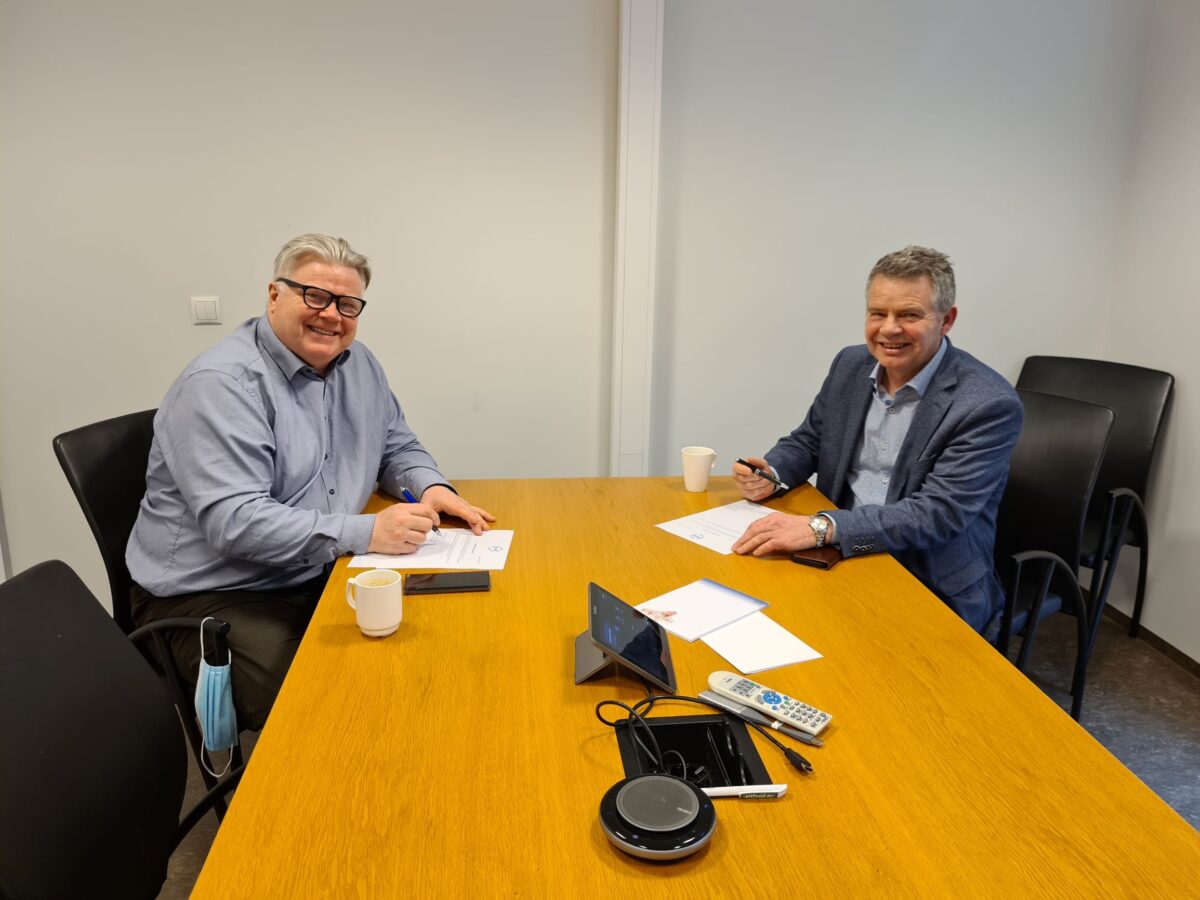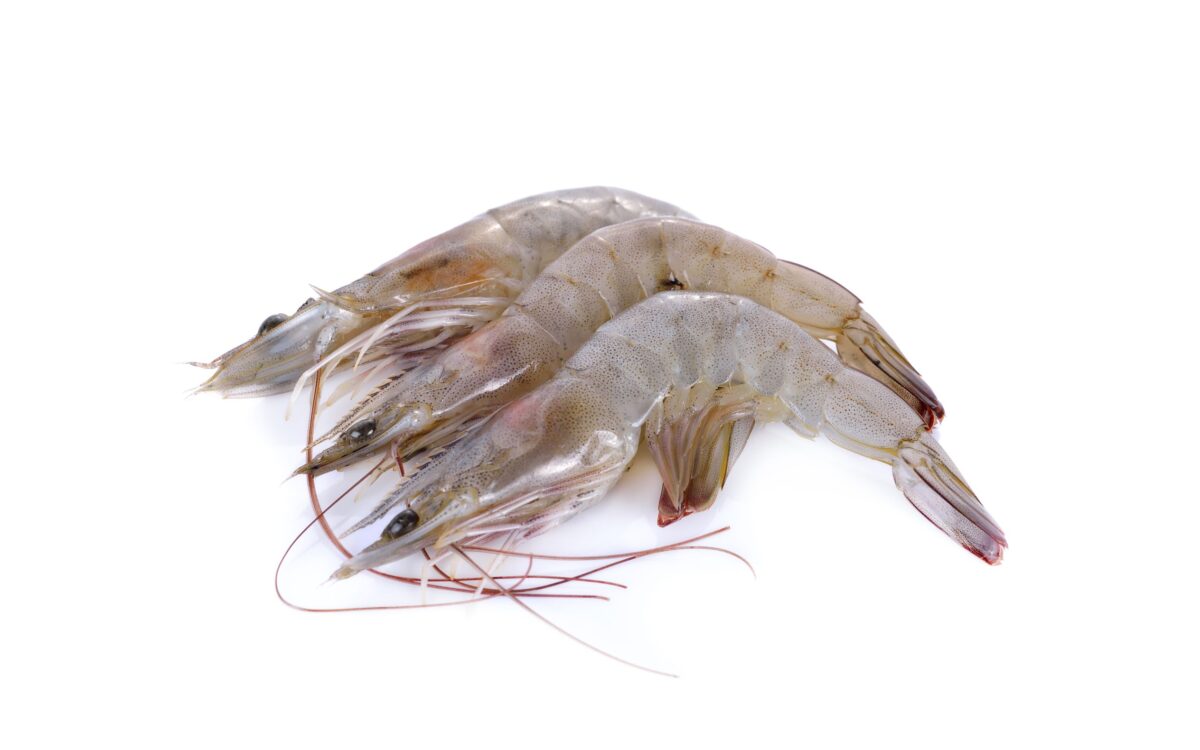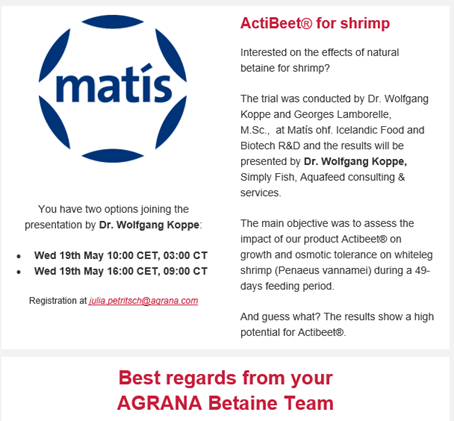The scientific journal Climatic Change recently published an article describing a systematic approach and guidance on how the fisheries and aquaculture industries can adapt their activities to the effects of climate change. Matís' employees, Ragnhildur Friðriksdóttir and Jónas R. Viðarsson, undertook the work behind the methodology described in the article, which took place within the project. ClimeFish which ended last year.
The ClimeFish co-operation project, funded by the European Research Program (Horizon 2020), was completed last year, but the results and products of the project continue to appear in scientific journals around the world. One of these was published recently in the scientific journal Climatic Change, a journal specializing in research and descriptions of climate change, its causes, consequences and interactions. The article in question discusses the importance of the fisheries sector considering measures to adapt its activities to the changing environment due to climate change and the challenges and opportunities inherent in such changes. Guidelines are provided for a three-phase process that aims to 1) assess the main risks and opportunities facing the business based on future scenarios, 2) identify adaptation needs, adaptability and appropriate adaptation measures, and 3) set up and finance an adaptation plan. This methodology was tested and proven in seven European case studies in aquaculture and fisheries in the ClimeFish project, but it was Matís who led the work, as well as the development and implementation of the methodology.
Climate change has already affected various aspects of the activities of fisheries and aquaculture companies, and research indicates that such changes will increase in the near future. Although such changes will vary in nature and scope depending on the region, activities and position in the value chain, it is clear that they will be able to have a significant impact on the activities of fisheries and aquaculture companies, both negatively and positively. Examples of such changes in the fisheries sector include the transfer of important stocks, such as changes in stock size, distribution area or cargo pattern, dangerous and demanding conditions at sea, increased fluctuations in market prices, as well as increased complexity and tensions between coastal states and fleets. . All of these are examples of effects that are already noticeable here in the Northwest Atlantic and include both challenges and opportunities, but can affect areas and communities differently. Examples of the effects of climate change on aquaculture are, for example, a decline or new opportunities in production, damage to infrastructure due to severe weather, fluctuations in market prices, production losses due to diseases, toxic algae and parasites, reduced access to fresh water and feed and reduced productivity due to changes in aquaculture.
While the vast majority of European countries have presented adaptation plans for climate change, this work is nearing completion in Iceland and there is little or no overview of possible climate-related damage or adaptation needs within the Icelandic fisheries sector in the coming years or decades. Matís hopes to raise funds to utilize the methodology developed within the ClimeFish project and transfer it to the Icelandic fisheries and aquaculture industry. This would make it possible to assess the need for adaptation and lay the foundation for an adaptation plan for one of the most important industries in Iceland. Such work would yield important results for the industries in question and Icelandic society, among other things through mapping the impact of climate change on the Icelandic fisheries and aquaculture based on future scenarios, assessment of the main risks and opportunities based on environmental, economic and social factors, assessment of the vulnerability of the industry and the various activities within it, as well as information on accessible and effective adaptation measures against the most sensitive aspects of the activity. Ragnhildur will lead a seminar on the direct and indirect effects of climate change on the fisheries sector at the Fisheries Conference, which will be held on 11-12 November this year. She has recruited important men and women from industry, Icelandic administration and science and is therefore a good opportunity to learn about the need for adaptation to climate change within the Icelandic fisheries sector and start the discussion for real in this country.
Here you can find the article in question in the magazine Climate Change.

